Words: Ross Bennett
Speaking to a BBC documentary crew in 2009, Neil Young admitted: “I only care about the music. Sometimes people are damaged by it, but if they understand me, they can understand what that is.” This pursuit of music – a chase now approaching its 50th year – makes for one of the most fascinating stories in popular music.
But first, an important question: which Neil Young do you want? The hippyfied dreamer? The intense rocker? The experimental synth-devotee? The grunge overlord? The anti-war polemicist? Since he first emerged as one of folk rock collective Buffalo Springfield in 1966, Young has taken on every one of these guises, sometimes several at once. But one constant remains – as soon as the world has begun digesting the latest Neil Young creation, the man himself will have moved on.
The passage of time is a recurring theme in Young’s albums. He’s a master at capturing a moment, his references to the past and questions about the future placing the listener directly in the song. Past and present, the end and the beginning, young and old, the artist and the audience, the electric and the acoustic; conflicts like these lie at heart of his best records. Whether he renders them using the upper registers of a blazing Les Paul or an acoustic guitar, a piano and that vulnerable/defiant voice, Young has always made music that comes from the very centre of his being.
A note on the selections: you’ll find two substantial gaps in the list, namely the 1980s and 2000s. Although the former is not totally bereft of great music (Re-ac-tor, Old Ways and Freedom all have their moments) there were simply too many must-have records from the surrounding decades.
Also, while Talkin To The Trees, released earlier this month, showed Neil is still making records that stand up against his very best, our top ten has only one entry from this century (What? No Prairie Wind?!), but like Neil Young himself, we’re not here to make things easy.
Who knows, with Young’s prolific work rate showing no sign of slowing as he approaches his 80th birthday, we might need to update this list again soon after his headline performance at this year’s Glastonbury Festival, the full review of which you’ll be able to read HERE…
10.
Neil Young & Crazy Horse
Psychedelic Pill
(REPRISE, 2012)

The 21st Century has seen 19 new Neil Young studio albums thus far (plus a motherlode of archive releases), but this sprawling 87-minute set with Crazy Horse from 2012 is our pick. Neil’s longest album begins with a magnificently digressive 27-minute jam, Driftin’ Back (sample lyric: “Gonna get me a hip-hop haircut”), then really stretches out. The Horse are at their most languidly locked-in, there’s some tectonic noise creativity on Walk Like A Giant for Arc fans and, best of all, there’s Ramada Inn, a poignant and nuanced tale of a long-term relationship tested by alcoholism, that doesn’t waste a second of its near 17-minute duration.
9.
Neil Young
Harvest Moon
(REPRISE, 1992)

“The quietest record I’ve ever made,” was how Young described this contemplative collection of acoustic ballads. The volume reduction wasn’t merely a creative impulse. Young’s mixing of thunderous live album Weld [1991] caused a nasty bout of tinnitus which meant loud music was off the agenda. The polar opposite of its gnarly predecessor Ragged Glory, this self-tribute to Harvest is unashamedly nostalgic (From Hank To Hendrix; One Of These Days), loving (You And Me; Such A Woman) and bereft of any rough edges. It earned his best chart positions in 20 years, going platinum in early 1993. The sensitive singer-songwriter was back from the garage.
8.
Neil Young & Crazy Horse
Zuma
(REPRISE, 1975)
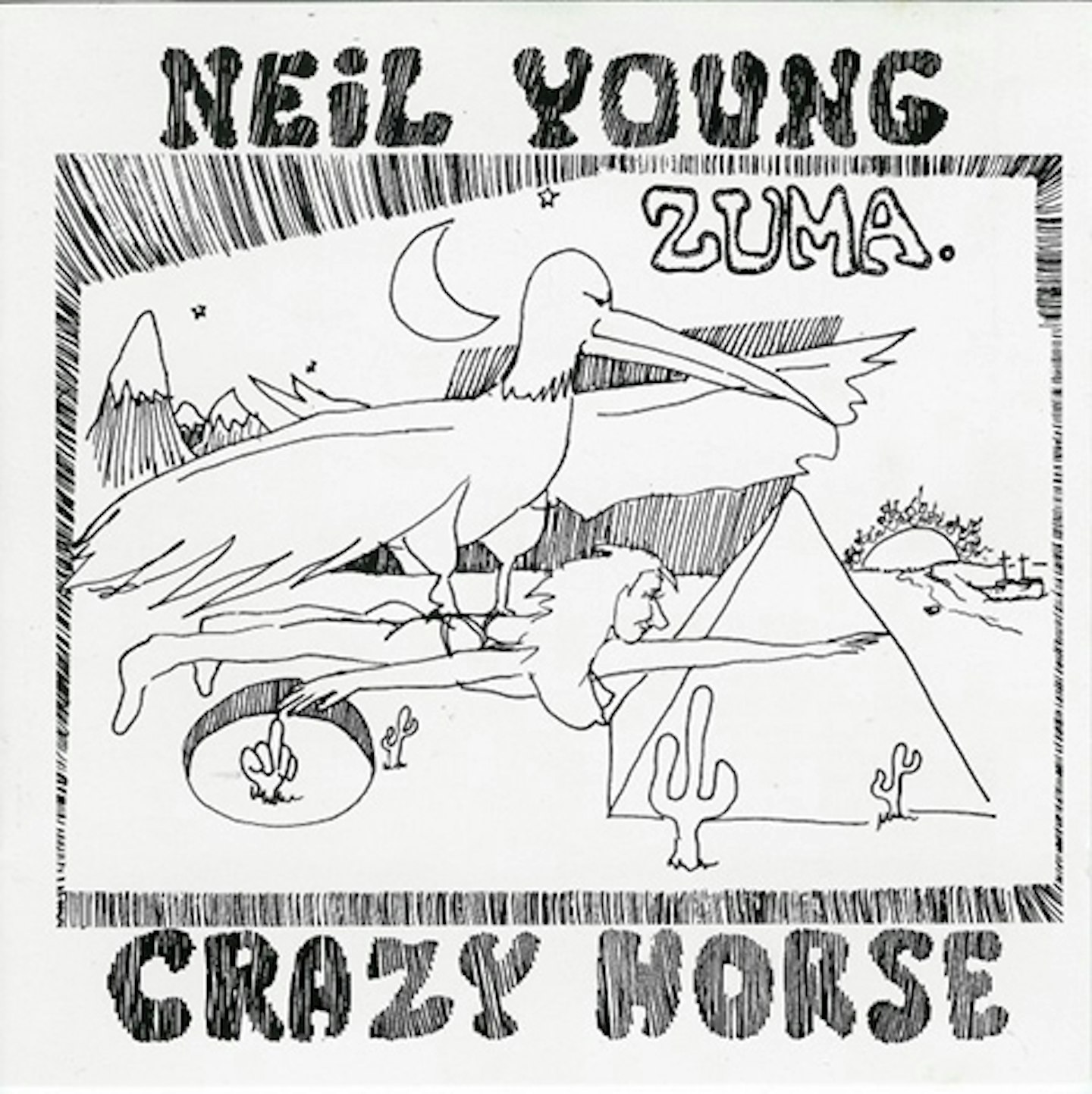
Recorded at producer David Briggs’s house and named after the beach nearby, Young’s ninth album marked an exodus from the emotional badlands of the three records that came before, swapping black spookiness for hazy country acoustics and snaking electric rock – the latter given extra firepower by a reconfigured Crazy Horse. Young still keeps one foot in the darkness: those anguished solos, the bitter Stupid Girl, the plain angry Drive Back, Pardon My Heart’s confession of “I don’t believe this song” and the epic Cortez The Killer indicate a songwriter with one eye on the abyss.
7.
Neil Young & Crazy Horse
Ragged Glory
(REPRISE, 1990)

Legend has it that when an earthquake struck on the last day of recording Neil Young & Crazy Horse’s first album of the ’90s, no one at the session noticed, such was the piercingly loud’n’live country rock being committed to tape. For the generation of bands that had fallen under the ‘grunge’ banner, _Ragged Glory_became a quintessential Crazy Horse album, a loose sweaty assault of bar-band aggression and napalming electric arrangements exemplified by the toxic self-loathing of Fuckin’ Up and the optimistic Love And Only Love. The Gulf War was kicking off abroad and Neil Young was feeding-back at home.
6.
Neil Young
Tonight’s The Night
(REPRISE, 1975)
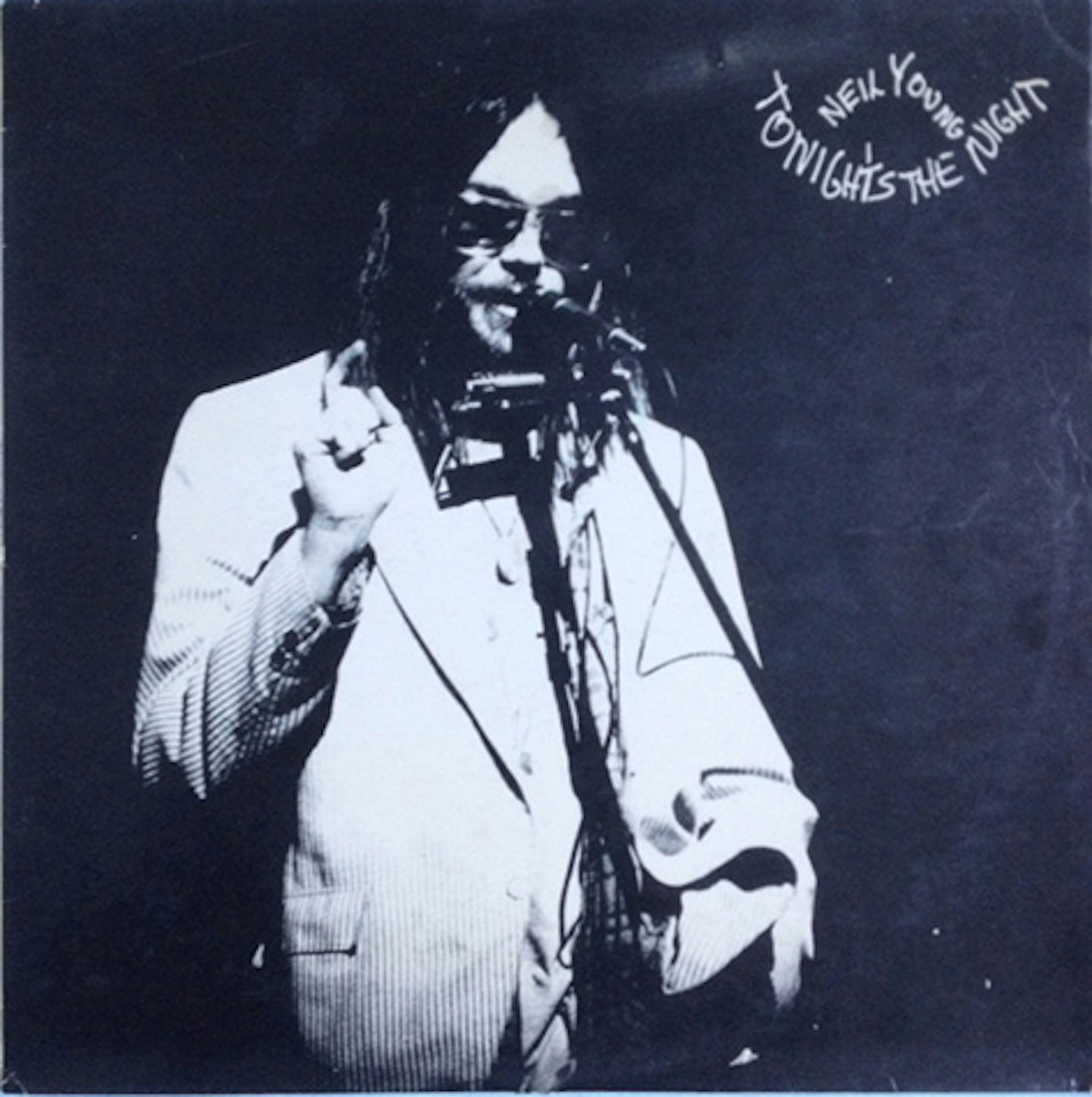
Catharsis steeped in tequila and cocaine. All the songs on (arguably) Young’s most personal album were recorded in August 1973, as the fatal overdoses of Crazy Horse’s Danny Whitten and roadie Bruce Berry began to haunt Young to the point of desperation. The result was a primal, frightening album recorded live at LA’s SIR and left brutally unvarnished. From the wasted blues of the title track to burnt-out ballad Mellow My Mind and the bleak and pleading Tired Eyes, it remains an unfriendly masterpiece. Neil Young was 28. You can hear him growing old through every song.
-
READ MORE: Neil Young Live In Sweden Reviewed: Chrome Hearts kick off European tour with mercurial brilliance
5.
Neil Young & Crazy Horse
Everybody Knows This Is Nowhere
(REPRISE, 1969)

Neil Young & Crazy Horse are born. Incredibly, Young and his new LA jam band had only been together for a matter of weeks when they gathered to record the follow-up to his self-titled solo debut. The classic Crazy Horse marriage of epic rock workouts and smashed country ballads begins here with a seven-song set that’s shot through with Young’s needling Les Paul and that strange mid-tempo ooze. It all makes for an ominous raw classic that serves up three low-slung evergreens in the form of Cinnamon Girl, Down By The River and Cowgirl In The Sand.
4.
Neil Young
On The Beach
(REPRISE, 1974)
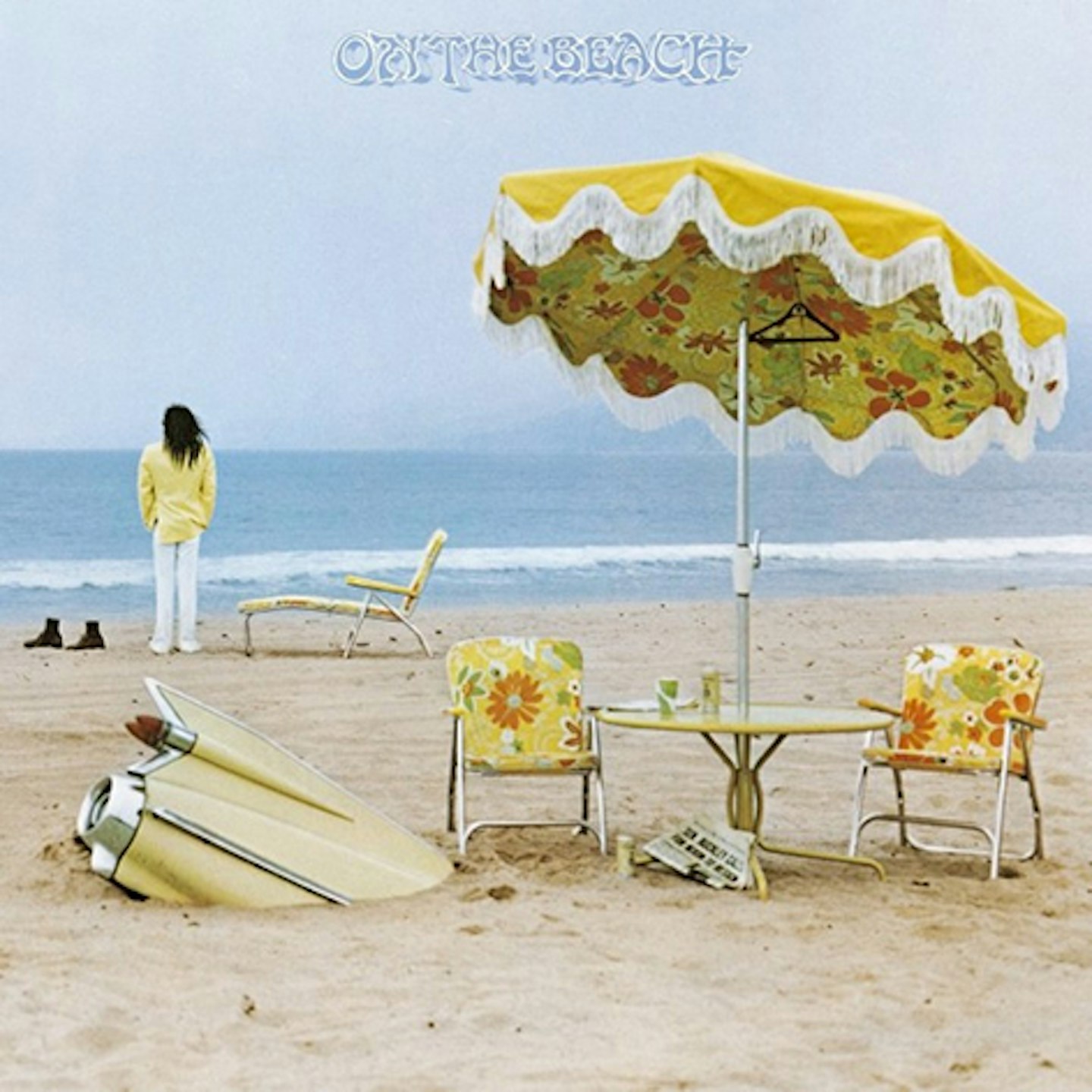
“I hear that Laurel Canyon is full of famous stars/But I hate them worse than lepers and I’ll kill them in their cars.” So sang the man who less than two years earlier had recorded Harvest. There’s a listless, stoned mood that colours On The Beach. It recalls the chilling Tonight’s The Night (recorded prior to _On The Beach_but not released until the following year) but its songs are stronger, its stark beauty bookended by the up-tempo Walk On and the sublime and haunting Ambulance Blues, the latter’s keynote lyric – “You’re all just pissing in the wind/You don’t know it but you are” – encapsulating this album’s thudding indictments and heartbreaking melodies.
3.
Neil Young
Harvest
(REPRISE, 1972)
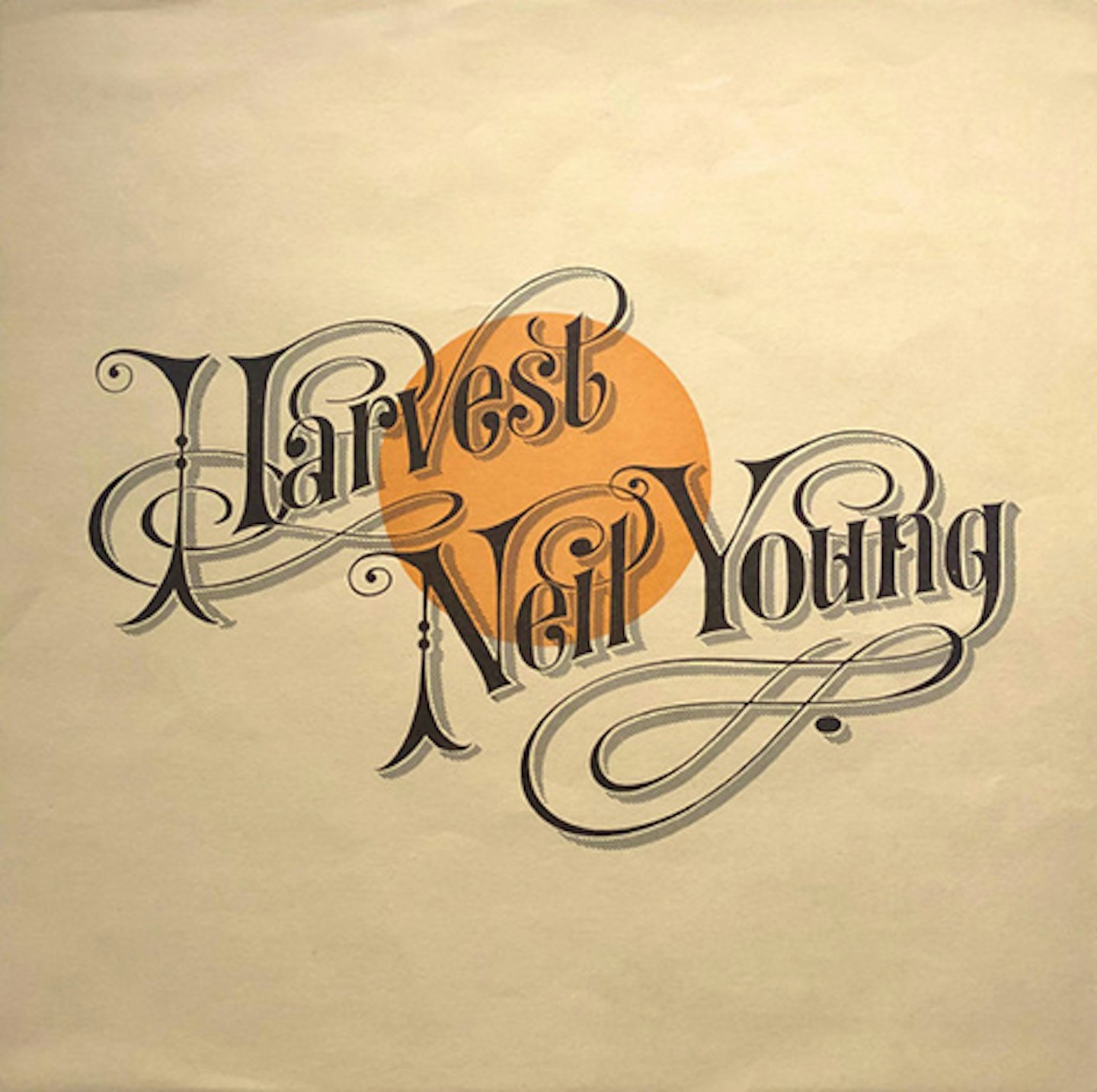
The ascent of Heart Of Gold through the US charts to Number 1 was all it took to cement the Canadian native as King of California’s laid-back tribes. At the beginning of 1972, however, Young was quite literally laid back, following spinal surgery, hence this album’s simple homespun mood. It was an image he’d spend the ensuing years ignoring – not an easy task when you’ve recorded songs as good as Old Man and The Needle And The Damage Done and your record tops the charts on both sides of the Atlantic. “Heart Of Gold put me in the middle of the road,” he said, “I headed for the ditch.”
2.
Neil Young & Crazy Horse
Rust Never Sleeps
(REPRISE, 1979)
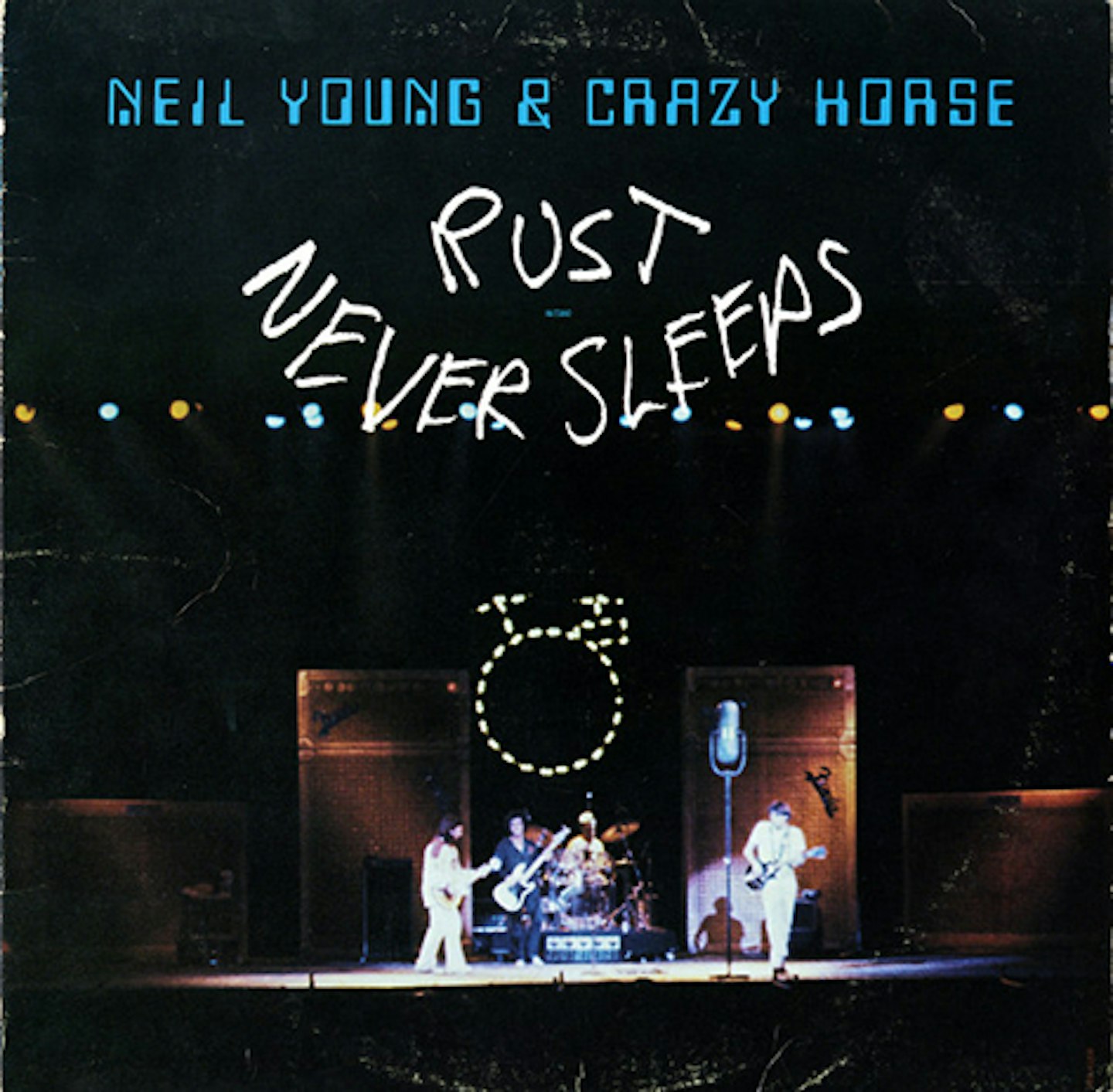
Rust Never Sleeps is a gloriously confident and pure example of Neil Young’s two sides. Punk had been a shot in arm. He saw his younger self reflected in its spirit and that rejuvenation is evident in RNS’s blend of the mellow and the demonic. His two-part treatise on the first quarter-century of rock’n’roll – My My, Hey Hey (Out Of The Blue)/Hey Hey, My My (Into The Black) – typified this split. The electric songs are pugilistic and unrelenting (Sedan Delivery; Welfare Mothers), the acoustic rolling and elegiac (Thrasher; Pocahontas). Young ended the decade as he began: transformed and at the top of his game.
1.
Neil Young
After The Gold Rush
(REPRISE, 1970)
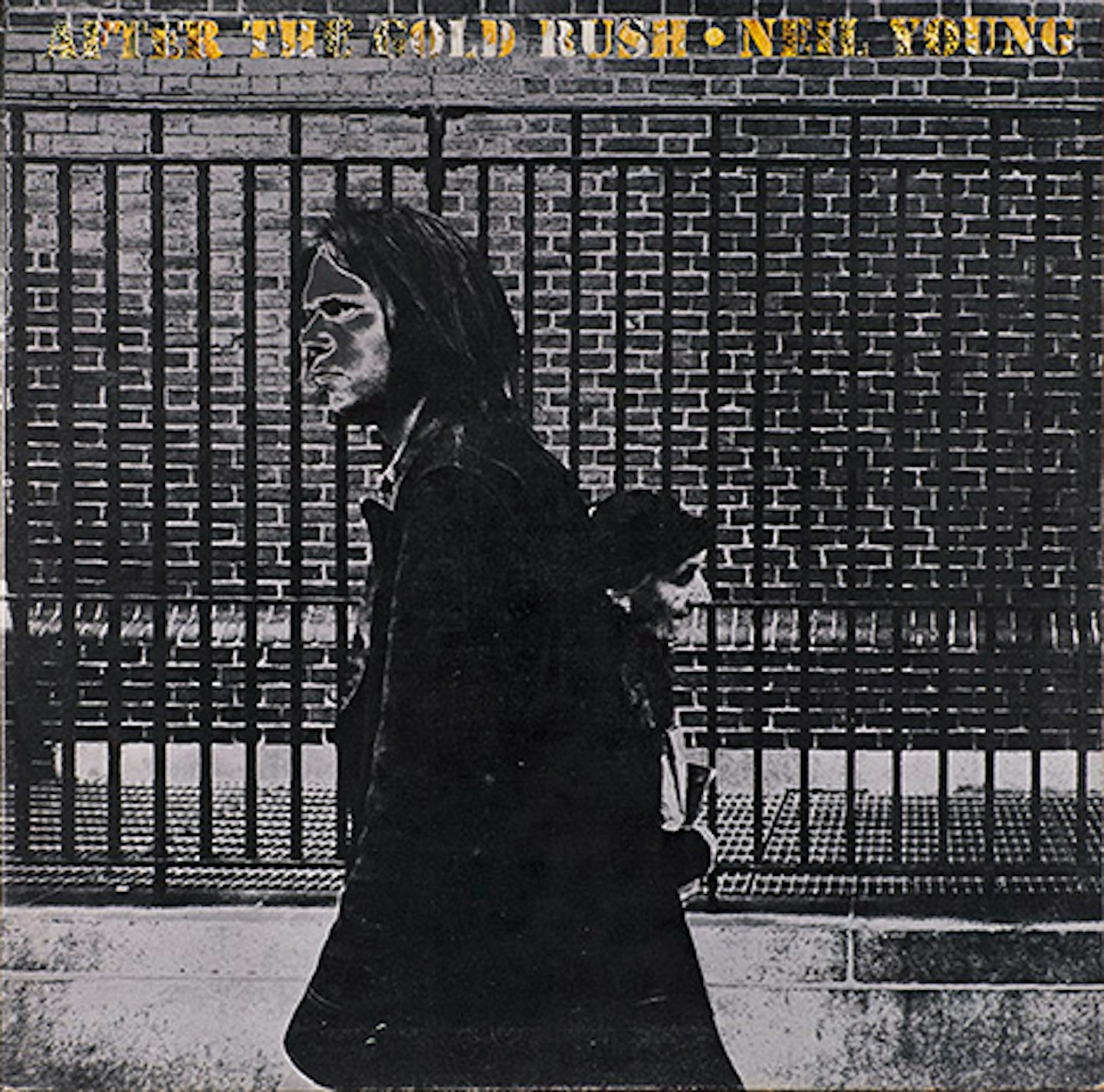
There’s something elemental about Young’s third album. Recorded in his Topanga Canyon home with David Briggs during the first months of 1970, After The Gold Rush glows with a spirit undimmed by the passage of time. The title track’s transportive beauty and the fragility of Don’t Let It Bring You Down and I Believe In You are matched by the full-blooded Southern Man and When You Dance I Can Really Love, and all pulse with that portentous sense of trouble lying beneath. It still casts a hypnotic spell.
Photo: Gijsbert Hanekroot/Redferns
